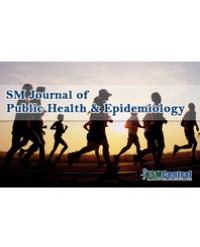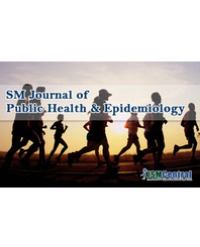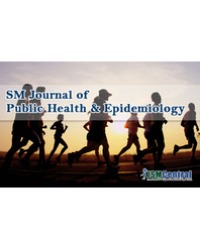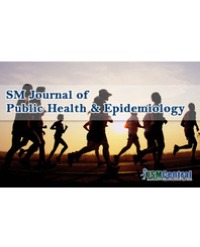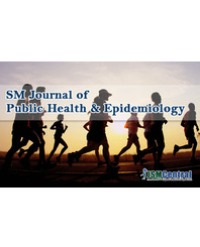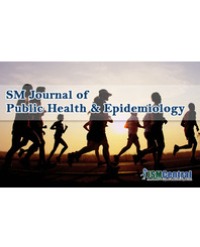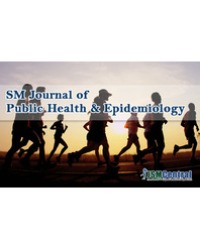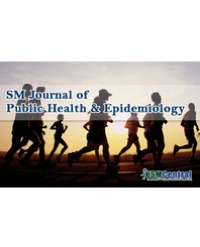
Effect of Sociodemographic Factors and Feeding Practices on Diarrhoea Diseases among Children under Five in Makurdi Benue State Nigeria
Background: Diarrhoeal disease is the second leading cause of death due to infectious diseases among children under the age of 5 years worldwide, with developing countries bearing the most of the burden. The study was aimed at determining the effect of Sociodemographic and feeding practices on prevalence of diarrhoeal disease in infants less than six months of age in Makurdi, Benue State.
Methods: Structured questionnaire was used to collect information from 300 mothers of infants attending selected Child Welfare Clinics in Makurdi, Nigeria. The chi-square test was used to determine the association between having diarhoea in the last two weeks and Sociodemographic and infant feeding practices.
Results: Women who reported their infants had diarhoea in the previous two weeks were 21 (7.0 %). Factors that were significantly associated with diarhoea in the previous two weeks were not attending antenatal care in last pregnancy, drinking from bottle with a teat giving water use of infant formula and non- exclusive breastfeeding. Age of the infant, mother’s age, education of the mother and number of previous deliveries were not significantly associated with diarhea disease in the two last two weeks.
Conclusion: The prevalence of diarhoea is relatively low among infants attending under five clinics in Makurdi. However feeding practices significantly affects prevalence of diarhoea disease. There is need to step up efforts in encouraging exclusive breastfeeding in the first six months through health education during antenatal care.
Ishaku Ara Bako¹, Livinus Egwuda² and Terkaa Terrumun Bitto³

